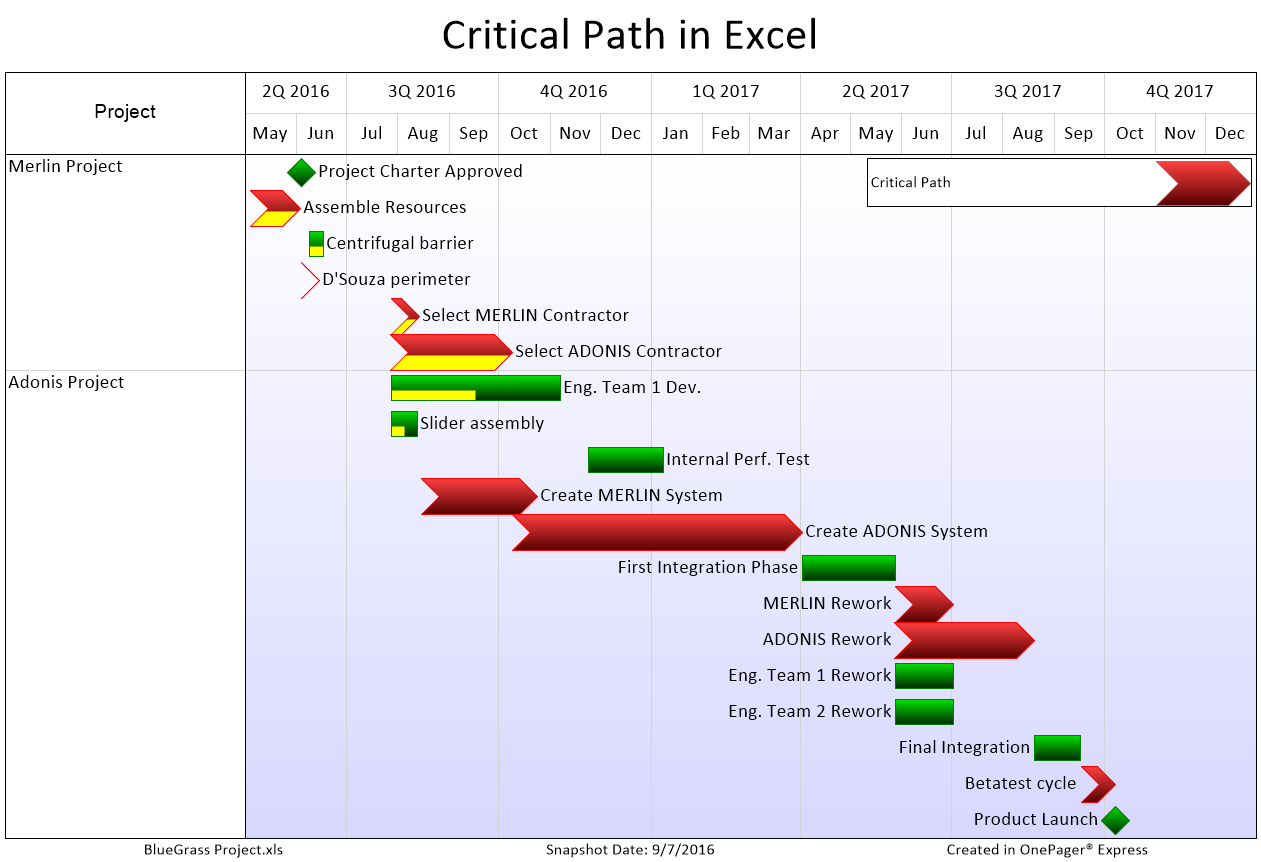Master Excel Calculations: Your Step-by-Step Guide

Mastering Excel calculations can significantly enhance your productivity and efficiency when dealing with data analysis, financial modeling, or even everyday tasks that require numerical computation. Excel is a powerful tool used worldwide for various purposes, from simple calculations like adding numbers, to complex statistical analyses and custom functions.
Understanding Excel’s Basic Functions

Before diving into more advanced calculations, it’s crucial to have a solid grasp of Excel’s basic functions:
- SUM: Adds up a range of numbers.
- AVERAGE: Computes the average of numbers.
- MIN/MAX: Finds the minimum or maximum value in a range.
- COUNT: Counts cells containing numbers or text.
Here’s an example of using the SUM function:
=SUM(A1:A10)This formula will add all values from cells A1 to A10. These basic functions serve as the foundation for more intricate formulas you will use in advanced calculations.
Navigating Excel for Advanced Calculations

As you become more comfortable with Excel, you can explore advanced features that make it a robust tool for extensive data manipulation:
1. Array Formulas

Array formulas perform multiple calculations on one or more sets of values. They can simplify complex tasks like:
- Transposing data without using helper columns.
- Performing calculations on an entire range of cells at once.
- Solving for unknowns using simultaneous equations.
To use an array formula, you type your formula and then press Ctrl + Shift + Enter. Here’s an example for calculating the sum of squares of a range:
={SUM(A1:A10*A1:A10)}This formula will return the sum of each number in A1:A10 squared.
⚠️ Note: Array formulas are often more computationally intensive than regular formulas.
2. Conditional Summing with SUMIF/SUMIFS

The SUMIF and SUMIFS functions allow for conditional summing, making it possible to sum values that meet specific criteria. Here’s how you can use them:
- SUMIF for single conditions:
=SUMIF(range, criteria, [sum_range]) - SUMIFS for multiple conditions:
=SUMIFS(sum_range, criteria_range1, criteria1, [criteria_range2, criteria2], …)
An example of using SUMIF to sum values greater than 10 in A1:A10:
=SUMIF(A1:A10, “>10”)3. VLOOKUP and HLOOKUP

VLOOKUP (Vertical Lookup) and HLOOKUP (Horizontal Lookup) are essential for pulling data from large datasets:
- VLOOKUP searches for a value in the leftmost column of a table and returns a value in the same row from another column you specify.
- HLOOKUP does the same but horizontally.
Here’s an example of using VLOOKUP:
=VLOOKUP(A1, A2:C10, 3, FALSE)Where A1 contains the lookup value, A2:C10 is the lookup table, 3 is the column index to return, and FALSE indicates an exact match.
4. Pivot Tables

Pivot tables are invaluable for summarizing, analyzing, and presenting data. They help in:
- Summarizing data from different viewpoints.
- Performing cross-tabulations.
- Filtering data dynamically.
Best Practices for Complex Excel Calculations

To ensure your Excel calculations are efficient, here are some tips:
- Use Named Ranges: Instead of referencing A1:A10, name this range “Sales” for better readability.
- Avoid Volatility: Functions like TODAY() or RAND() can slow down your spreadsheet due to constant recalculation.
- Optimize Formulas: Minimize array formulas if possible. Use alternative methods when feasible.
Conclusion

Excel’s capabilities in calculations can transform your approach to data analysis, making you more effective at managing and interpreting information. From mastering basic functions like SUM to leveraging the power of pivot tables and array formulas, there are numerous tools at your disposal to streamline your work. Remember, the key to mastering Excel is consistent practice, understanding the functions deeply, and being open to exploring Excel’s extensive library of features. Whether you’re a business professional, a student, or simply someone who loves working with numbers, Excel is an invaluable ally in your computational journey.
What’s the difference between SUM and SUMIF?

+
SUM simply adds up all numbers in a given range. SUMIF adds only those numbers that meet a specified condition.
How can I make my Excel calculations faster?

+
To speed up Excel calculations:
- Use efficient formulas.
- Avoid volatile functions like TODAY() or RAND().
- Turn off automatic calculation if you’re inputting a lot of data.
What are some common mistakes to avoid when creating Excel formulas?

+
Common mistakes include:
- Using incorrect range references.
- Not accounting for hidden or filtered cells.
- Overusing absolute cell references (A1) when relative references could work.



